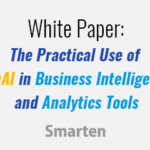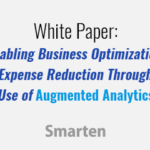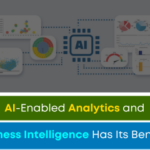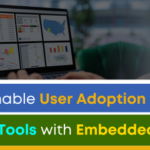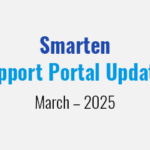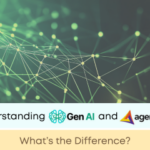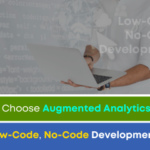This article discusses the analytical technique known as Sampling and provides a brief explanation of two types of sampling analysis, and how each of these methods is applied.
What is Sampling Analysis?
Sampling is the technique of selecting a representative part of a population for the purpose of determining the characteristics of the whole population. There are two types of sampling analysis: Simple Random Sampling and Stratified Random Sampling.
Let’s look at both techniques in a bit more detail.
Simple Random Sampling:
With this method of sampling, the selection is based on chance, and every item has an equal chance of selection. An example of simple random sampling would be a lottery system.
Example: if we want to come up with the average value of all cars in United States, it would be impractical to find every car and assign a value, and then develop an average. Instead, we might randomly select 200 cars, get a value for those cars and then find an average. The random selection of those 200 cars would be the ‘sample data of entire United States’ cars’ values (population data).
Pros and Cons of Simple Random Sampling:
Pros: Economical in nature, less time consuming.
Cons: Chance of bias, difficulty of getting a representative sample.
Stratified Random Sampling:
Here, the population data is divided into subgroups known as strata. The members in each of the subgroups have similar attributes and characteristics in terms of demographics, income, location etc. A random sample from each of these subgroups is taken in proportion to the subgroup size relative to the population size. These subsets of subgroups are then added to from a final stratified random sample. Improved statistical precision is achieved through this method due to the low variability within each subgroup, and the fact that a smaller sample size is required for this method as compared to simple random sampling. This method is used when the researcher wants to examine subgroups within a population.
Example: One might divide a sample of adults into subgroups by age groups, like 18-29, 30-39, 40-49, 50-59, and 60 and above. To stratify this sample, the researcher would then randomly select proportional amounts of people from each age group. This is an effective sampling technique for studying how a trend or issue might differ across subgroups. Some of the most common strata used in stratified random sampling include age, gender, religion, race, educational attainment, socioeconomic status, and nationality. With stratified sampling, the researcher is guaranteed that the subjects from each subgroup are included in the final sample, whereas simple random sampling does not ensure that subgroups are represented equally or proportionately within the sample.
Pros and Cons:
Pros: Economical in nature, Less time consuming, less chance of bias as compared to Simple random sampling, higher accuracy than simple random sampling.
Cons: Need to define the categorical variable by which sub groups should be created. For instance Age group, Gender, Occupation, Income, Education, Religion, Region etc.
Sampling is the technique of selecting a representative part of a population for the purpose of determining the characteristics of the whole population. Sampling is useful in assigning values and predicting outcomes for an entire population, based on a smaller subset or sample of the population. The organization will choose either the Simple Random Sampling or the Stratified Random Sampling method, based on the type of data, the need for accuracy and representation of certain subsets and groups and other analytical requirements of the organization.
The Smarten approach to augmented analytics and modern business intelligence focuses on the business user and provides tools for Advanced Data Discovery so users can perform early prototyping and test hypotheses without the skills of a data scientist. Smarten Augmented Analytics tools include assisted predictive modeling, smart data visualization, self-serve data preparation, Clickless Analytics with natural language processing (NLP) for search analytics, Auto Insights, Key Influencer Analytics, and SnapShot monitoring and alerts. These tools are designed for business users with average skills and require no specialized knowledge of statistical analysis or support from IT or data scientists. Businesses can advance Citizen Data Scientist initiatives with in-person and online workshops and self-paced eLearning courses designed to introduce users and businesses to the concept, illustrate the benefits and provide introductory training on analytical concepts and the Citizen Data Scientist role.
The Smarten approach to data discovery is designed as an augmented analytics solution to serve business users. Smarten is a representative vendor in multiple Gartner reports including the Gartner Modern BI and Analytics Platform report and the Gartner Magic Quadrant for Business Intelligence and Analytics Platforms Report.



